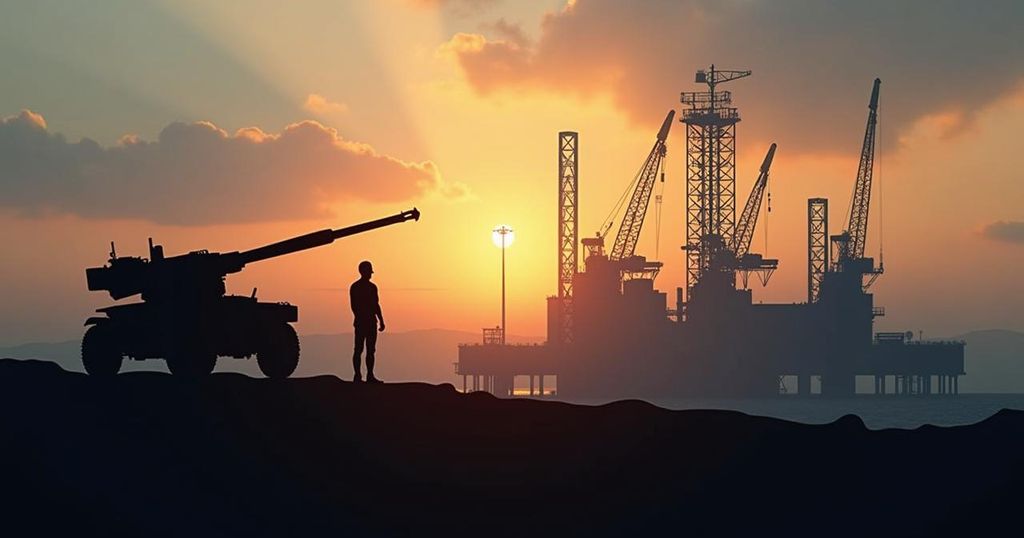Tata Group is establishing its first overseas defence factory in Morocco to produce 100 combat vehicles annually. Operability is expected within a year, with the first vehicles delivered within 18 months. This marks a significant shift in India’s defence manufacturing, moving production abroad for the first time. The facility will create 350 jobs and work in tandem with operations in India, responding to the growing demand for defence exports, especially in Africa.
The Tata Group is poised to establish its first overseas defence manufacturing facility in Morocco, strategically designed to produce 100 combat vehicles annually. The factory is expected to become operational within a year, with the first units of the WhAP (Wheeled Armoured Platform) projected to be delivered within 18 months. These vehicles are already in service with the Indian Army, particularly along the sensitive Ladakh border. Mr. Sukaran Singh, the Chief Executive Officer and Managing Director of Tata Advanced Systems Limited (TASL), emphasized the significance of this contract, stating it is “of significant size and of strategic importance for TASL.” The WhAP, developed in collaboration with the Defence Research and Development Organisation (DRDO), underwent extensive trials in Africa before being chosen for production in Morocco. Notably, this marks the first major “greenfield” (newly developed from scratch) defence plant established by an Indian firm outside its borders. Despite significant defence exports from India in the past, this initiative represents a pioneering venture into global manufacturing. The plant will generate approximately 350 jobs, although a substantial portion of the production activities will still occur within India. This move signifies Tata’s entry into Africa’s burgeoning defence sector, where expectations for growth are high. Additionally, this project is facilitated by Morocco’s strong support for the production and supply agreement. India is actively seeking to strengthen its defence export footprint in Africa, driven by various governmental initiatives such as bilateral engagements and promotional efforts. Notably, while India works to increase its presence, China has already established itself as a prominent supplier in the region, previously dominated by Russian and European entities. The WhAP is engineered as a versatile, eight-wheeled platform, capable of operation across diverse terrains, ensuring it can effectively support the Indian armed forces in various environments, from deserts to mountainous passes and marshy areas.
The establishment of the Tata defence manufacturing facility in Morocco represents a significant milestone in India’s defence export landscape. Historically, India has engaged in defence collaborations with various nations, primarily focusing on domestic manufacturing and export. However, this new venture demonstrates India’s strategic pivot towards creating a global manufacturing footprint, particularly in Africa, a continent witnessing an increase in defence spending and infrastructure development. The Moroccan government’s role in facilitating this initiative showcases the growing bilateral ties between India and African nations amidst competition from established defence suppliers. Additionally, the WhAP embodies the success of India’s public-private partnerships in developing military technologies that cater to modern operational requirements.
The Tata Group’s initiative to create a defence manufacturing plant in Morocco signifies a transformative step in India’s defence export strategy. This factory will not only enhance India’s international defence collaboration but also support local economies in Morocco through job creation. As India continues to strengthen its presence in the African defence market, it aims to counter the dominance of other suppliers, particularly China and Russia. The strategic importance of this venture, coupled with the successful development of the WhAP, reinforces India’s commitment to becoming a key player in the global defence manufacturing sector.
Original Source: m.economictimes.com






